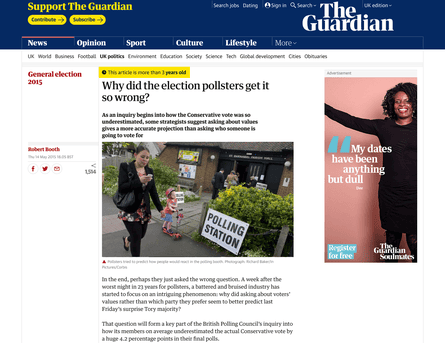3 Simple Techniques For News Articles
3 Simple Techniques For News Articles
Blog Article
The Main Principles Of News Articles
Table of ContentsNews Articles - QuestionsAn Unbiased View of News ArticlesTop Guidelines Of News ArticlesTop Guidelines Of News ArticlesThe 3-Minute Rule for News Articles
Great knowledge of various topics gives trainees an affordable side over their peers. Also though electronic and social media are conveniently accessible, we ought to not neglect exactly how important it is to read the newspapers. Parents should try and inculcate the behavior of reading a newspaper as a day-to-day regimen to continue the heritage of the revered print medium.Information tales additionally include at least one of the complying with vital characteristics family member to the desired target market: proximity, prestige, timeliness, human passion, strangeness, or effect.
Within these limits, information tales additionally intend to be detailed. Among the bigger and a lot more reputable papers, fairness and balance is a significant aspect in providing info.
Newspapers with a worldwide audience, as an example, tend to use a much more formal style of writing. The certain options made by an information electrical outlet's editor or content board are usually accumulated in a style guide; typical design overviews consist of the and the United States News Design Book. The primary objectives of news writing can be summed up by the ABCs of journalism: accuracy, brevity, and clearness.
Excitement About News Articles
As a guideline, reporters will not utilize a lengthy word when a brief one will do. They make use of subject-verb-object construction and vibrant, active prose (see Grammar). They provide narratives, examples and metaphors, and they hardly ever rely on generalizations or abstract ideas. News writers attempt to prevent using the same word greater than once in a paragraph (often called an "echo" or "word mirror").
Nevertheless, headings sometimes omit the subject (e.g., "Jumps From Boat, Catches in Wheel") or verb (e.g., "Feline lady fortunate"). A subhead (likewise subhed, sub-headline, subheading, caption, deck or dek) can be either a subservient title under the primary heading, or the heading of a subsection of the short article. It is a heading that comes before the major text, or a team of paragraphs of the primary message.

Additional billboards of any of these kinds might show up later on in the short article (especially on succeeding web pages) to attract more reading. Such billboards are additionally made use of as reminders to the post in various other sections of the publication or website, or as ads for the item in other publication or websites. Normal structure with title, lead paragraph (summary in strong), other paragraphs (details) and get in touch with info.

Example of a hard-lead paragraph NASA is proposing an additional space job. The budget plan demands approximately $10 billion for the project.
The NASA statement came as the agency requested $10 billion of appropriations for the job. An "off-lead" is the second essential front page news of the day. The off-lead shows up either in the top left corner, or straight listed below the lead on the. To "bury the lead" is to start the short article with history details or information of secondary significance to the viewers, requiring them to check out more deeply into a short article than they should need to in order to uncover the necessary points.
The 6-Second Trick For News Articles
Typical use is that one or 2 sentences each create their very own paragraph. Journalists generally describe the company or framework of a newspaper article as an upside down pyramid. The crucial and most interesting components of a tale are placed at the beginning, with supporting details following continue reading this in order of lessening relevance.
It allows individuals to explore a subject to just the depth that their inquisitiveness takes them, and without the imposition of information or nuances that they could think about unnecessary, however still making that info offered to more interested viewers. The inverted pyramid structure also makes it possible for posts to be trimmed to any type of arbitrary length throughout design, to fit in the room available.
Some writers start their stories with the "1-2-3 lead", yet there are he said lots of sort of lead available. This layout invariably starts with a "5 Ws" opening up paragraph (as explained above), followed by an indirect quote that serves to sustain a significant element of the first paragraph, and afterwards a direct quote to sustain the indirect quote. [] A twist can describe multiple things: The last tale in the news program; a "happy" tale to finish the program.
Longer short articles, such as magazine cover short articles and the items that lead the inside sections of a newspaper, are understood as. Attribute stories vary from straight information in several means.
Not known Incorrect Statements About News Articles
The reporter often details interactions with meeting topics, making the piece more personal. An attribute's first paragraphs typically associate an appealing minute or event, as in an "anecdotal lead". From the particulars of a person or episode, its sight quickly widens to have a peek at this site generalities regarding the tale's subject. The area that indicates what a feature has to do with is called the or billboard.

The Editor's Toolbox: A Referral Overview for Beginners and Professionals (2001) Allan M. Siegal and William G. Connolly. The New York Times Manual of Style and Use: The Official Design Guide Made Use Of by the Writers and Editors of the World's Many Authoritative Newspaper (2002) M. L. Stein, Susan Paterno, and R.
Report this page